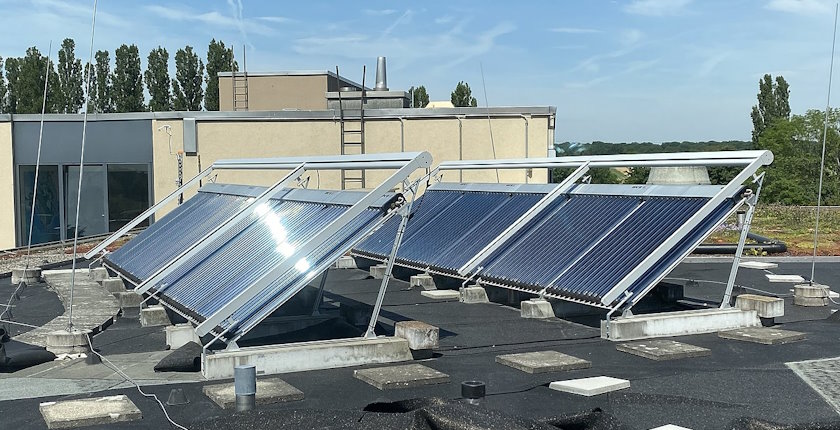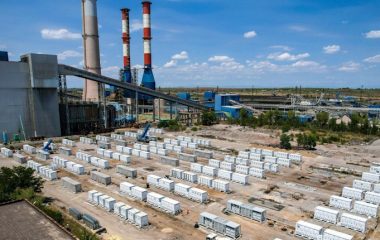
Photo: Json8 / https://creativecommons.org/licenses/by-sa/4.0/legalcode
Kosovo* simplified the procedure for households to obtain the prosumer status. They don’t need a construction permit anymore for rooftop solar power panels, but the connection capacity is limited to just 7 kW.
Minister of Environment, Spatial Planning and Infrastructure of Kosovo* Liburn Aliu announced that households aren’t required anymore to obtain a construction permit for rooftop solar panels. The decision was adopted less than a month after the Energy Regulatory Office (ERO) of Kosovo* approved a new prosumer mechanism.
Adding thermal insulation on the outer walls of family homes is now also possible without a construction permit if the appearance of the façade isn’t changed. Easing the requirements is important mostly because the majority of newer homes weren’t built legally. It means they couldn’t obtain construction permits for additional works anyway.
Option to sell surplus power isn’t profitable
ERO has introduced a net billing scheme for prosumers that want to sell excess electricity to their supplier. However, the price in such systems is calculated in a way that it is better for prosumers to consume the energy they produce than to sell it. Under the net metering mechanism, which was rolled out in 2017, there is no selling option.
The difference between the two is that with net billing the surplus power is calculated in money, with different tariffs, instead of one kilowatt for one kilowatt. Prosumers in Kosovo* can now opt to switch from the net metering mechanism to the new system.
Prosumers are only allowed to generate up to 10% more electricity than they consume
The maximum capacity of electricity generation devices for self-consumption is determined according to the customer’s connection to the distribution or transmission network. The annual amount of surplus electricity delivered to the system needs to be lower than what the participant in the scheme draws from the network.
In addition, prosumers that produce over 10% more than they consume in the course of one year will lose the status, ERO said. They are also not allowed to operate outside of the grid. The exchange with the network is calculated in periods of six months between January 1 and July 1.
Two or more electricity consumers can participate jointly as single prosumer
Prosumers can draw electricity from the grid in the amount determined by the price of the surplus electricity that they delivered to the system. They can use the surplus until the end of the same semiannual period, when it is annulled.
The most unfavorable rule for households is that they can’t install more than 7 kW each. Non-household prosumers connected to the low-voltage grid are allowed to have up to 100 kW, but also no more than their grid connection capacity. Consumers on the medium-voltage distribution network and the transmission system have a 200 kW ceiling.
The regulatory body allowed renewable energy generation capacities other than photovoltaics in the new prosumer support mechanism as well, but it didn’t define them. It introduced the possibility for two or more consumers in the same structure or block of buildings to become a single prosumer, jointly.
All prosumers are obligated to pay a monthly fee to compensate for their impact on the electricity system and network costs.
The energy strategy for the period until 2031 includes a goal to add 1.3 GW in wind and solar power capacity, of which at least 100 MW from prosumers.


















Be the first one to comment on this article.